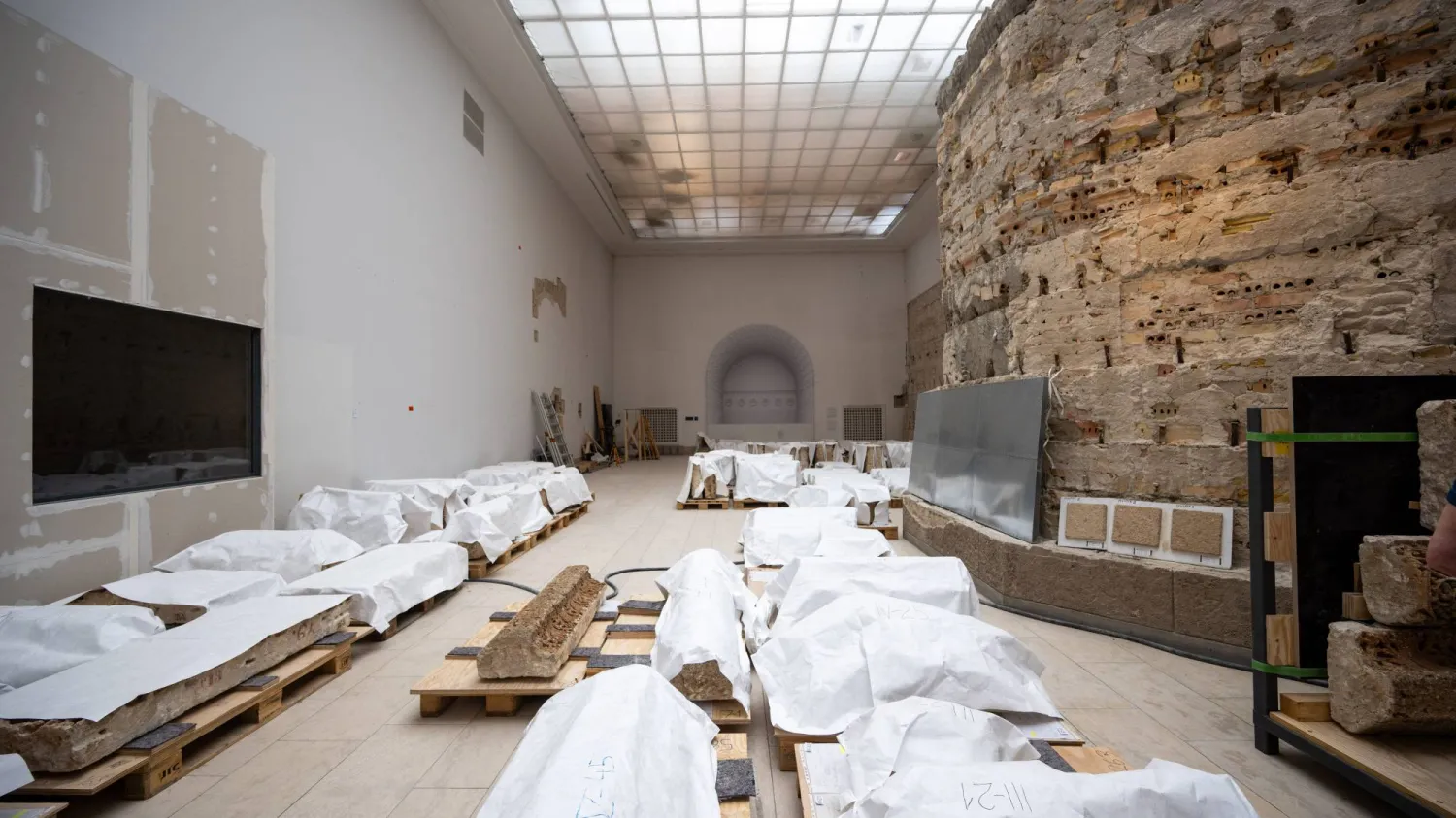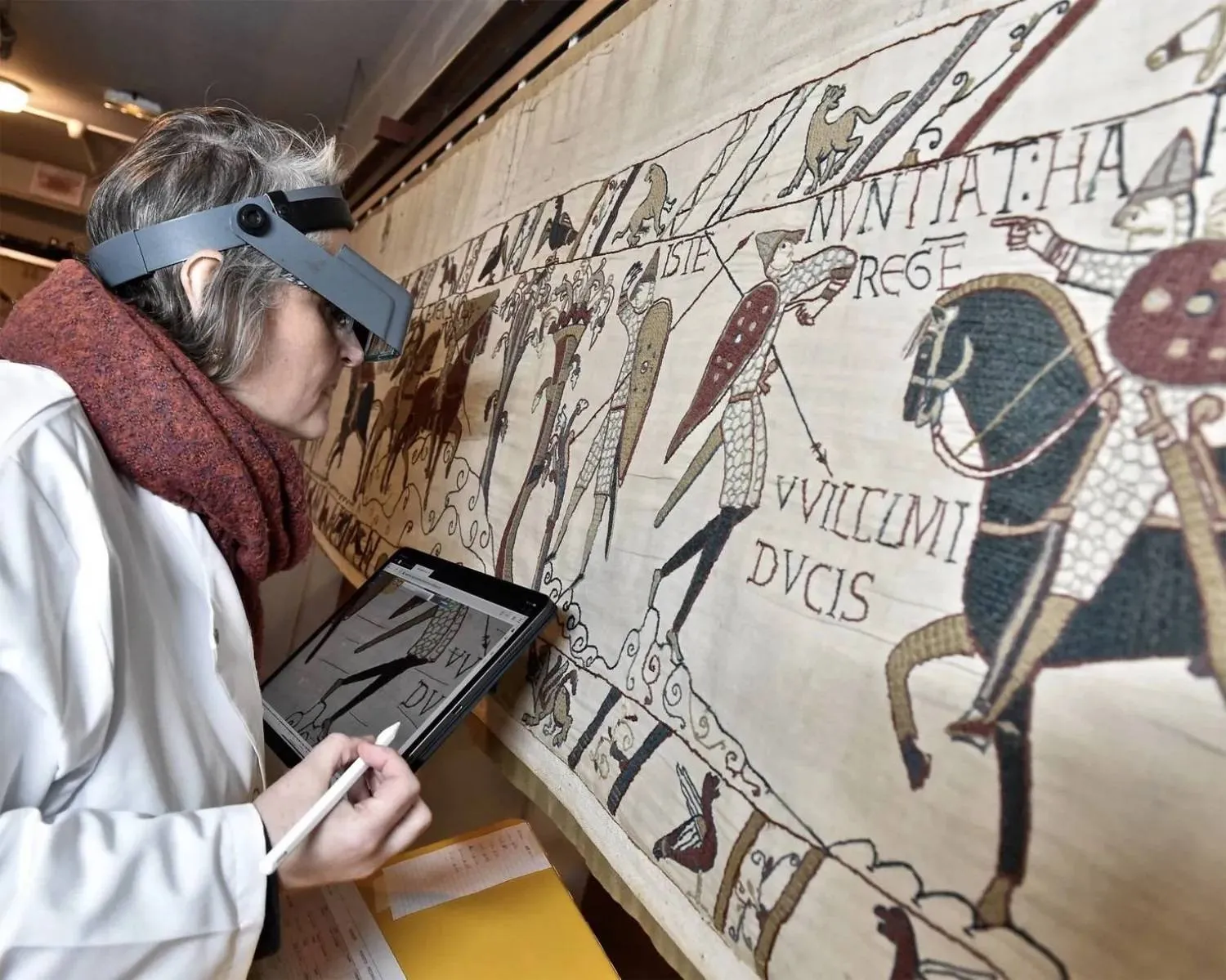Berlin's world-famous Pergamon Museum, which is closed for several years of renovation work, is seeking to maintain its presence through international collaborations, one of the museum's directors said on Friday during a tour of the construction site.
"We want to remain visible," said Barbara Helwing, director of the Near East Museum. Cooperation with other Berlin museums are already planned.
Discussions were also under way about loans to institutions such as the Louvre in Paris, the Metropolitan Museum in New York, the J. Paul Getty Museum in Los Angeles and the British Museum in London, the German News Agency (dpa) reported.
The Pergamon Museum is one of Germany's most popular museums. As one of the few institutions to combine a collection of classical antiquities, a Near East museum and a museum of Islamic art, it normally attracts more than 1 million visitors annually.
The museum will remain completely closed for at least another three years. Construction phase A, which includes the famous Pergamon Altar, is scheduled to reopen in 2027.
The basic renovation of the south wing is set to begin at the end of this year. This second renovation phase, B, will last until at least 2037. The total costs could amount to €1.5 billion ($1.6 billion).









